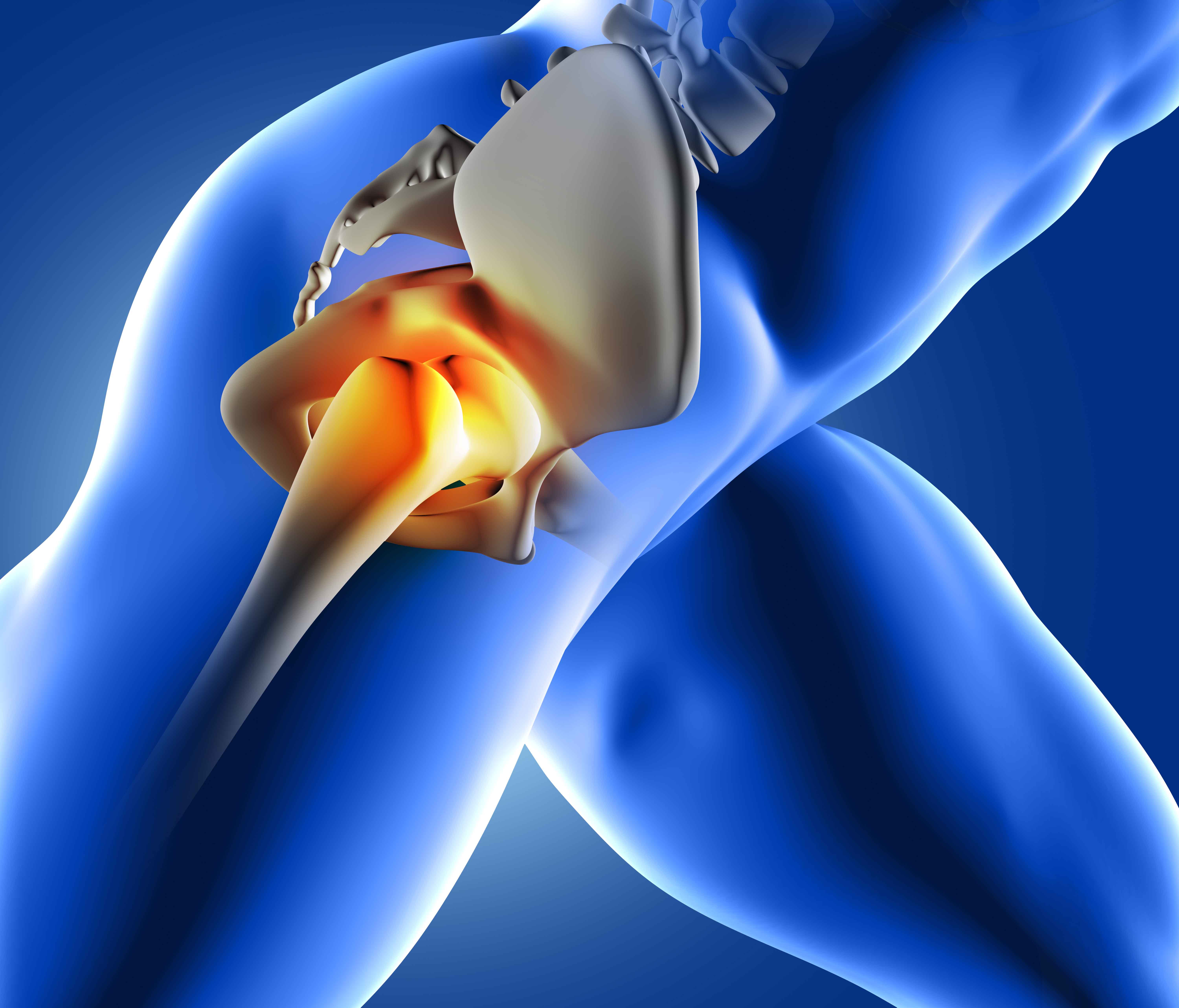
Anterior Cruciate Ligament (ACL)
- 05 June, 2023

The anterior cruciate ligament (ACL) is important for maintaining stability of the knee joint, particularly in activities involving weaving, pivoting or kicking. The knee becomes unstable with a ruptured ACL and the joint may become more damaged over time. ACL reconstruction is the surgical treatment of choice to restore stability at the knee joint.
The treatment options following an ACL tear are individualized for each patient depending on age, activity level, and the presence or absence of injury to other structures within the knee. In general, surgery is recommended for young patients who are active and for those in whom the ACL tear is associated with injury to other structures in the knee. Nonoperative (nonsurgical) treatment may be recommended in older or more sedentary patients. The main reason to have surgery is to restore stability to the knee so it no longer gives out or slides too far forward, which is often painful. The other reason is to protect the articular cartilage in the knee from being damaged. It is also important to protect the medial and lateral menisci in the knee.
Nonsurgical treatment consists of physical therapy, activity modification and use of a brace. The goal of physical therapy is to strengthen the muscles around the knee to compensate for the absence of the ACL. Specifically, strengthening the muscles in the back of the thigh (the hamstrings) is helpful. Activity modification can be very successful. Sports that do not involve cutting, such as jogging, cycling or swimming, can often be performed successfully. In addition to therapy and activity modification, the use of a hinged sports brace can be attempted. While bracing may be effective in some patients, in others, instability episodes may continue despite their use.
The surgical procedure is most commonly performed using arthroscopic techniques. Using one or two small incisions on the knee, the graft is taken from the patellar tendon or hamstring tendons, and a tunnel is drilled into both the tibia and femur. The graft is threaded across the knee, leaving a piece of bone in each of the tunnels and the patellar tendon in the position of the original ACL, thus reconstructing the ligament. The graft is then secured in this position, most commonly by “wedging” a screw between the side of the bone and the tunnel. Alternatively, the graft can be secured by other techniques like staples, sutures, buttons, etc. These fixation devices are usually left in place permanently. In addition to the ACL reconstruction, additional procedures may be done to other structures within the knee if an injury is present. A torn meniscus can be either repaired or trimmed (meniscectomy), and other ligaments can be repaired or reconstructed as well.


The most common complications include pain in the front of the knee and loss of knee motion. Pain in the front of the knee occurs in 10 to 20 percent of patients.
Fortunately, it can usually be controlled by modification in the physical therapy protocol. Loss of motion occurs in less than 5 percent of patients and is most common in patients with limited motion before surgery. In some individuals, intermittent pain and swelling occur with activity despite a successful ligament reconstruction. This is often related to the amount of meniscal or cartilage injury that was present and identified at the time of surgery. Most patients experience no complications and return to full activity between six and eight months after surgery.
The rehabilitation following ACL reconstruction includes essentially three phases :
The first phase of rehabilitation consists of controlling the pain and swelling in the knee, regaining knee motion, and getting an early return of muscle strength. The operated leg is typically placed into a brace immediately after surgery. Initially, weight-bearing is allowed with crutches and is progressed to full-weight bearing independent of crutches as swelling, motion and muscle strength allows. Most patients are on crutches for one week, although some may be on crutches longer and some shorter. This phase typically takes six to eight weeks.
The second phase emphasizes the recovery of full knee motion and muscle strength. Cycling, running on the treadmill and light jogging are started in this phase. In some patients, a sports brace is obtained to replace the postoperative knee brace. This phase typically lasts from two to four months after surgery.
The final phase consists of graduated return to full activity. Normal muscle strength, coordination and the absence of swelling are required for a successful return to activity. A brace may be recommended early in the return to cutting and pivoting sports. This phase occurs at four to eight months after surgery, depending on the particular patient and the nature of his or her activities.
As your ACL begins to heal, your doctor should send you for progressive physical therapy. That will help to strengthen the muscles and ligaments. After that, you should be back to doing the things you like to do within about 9 months. For athletes, it can take up to 12 months to be able to play again.